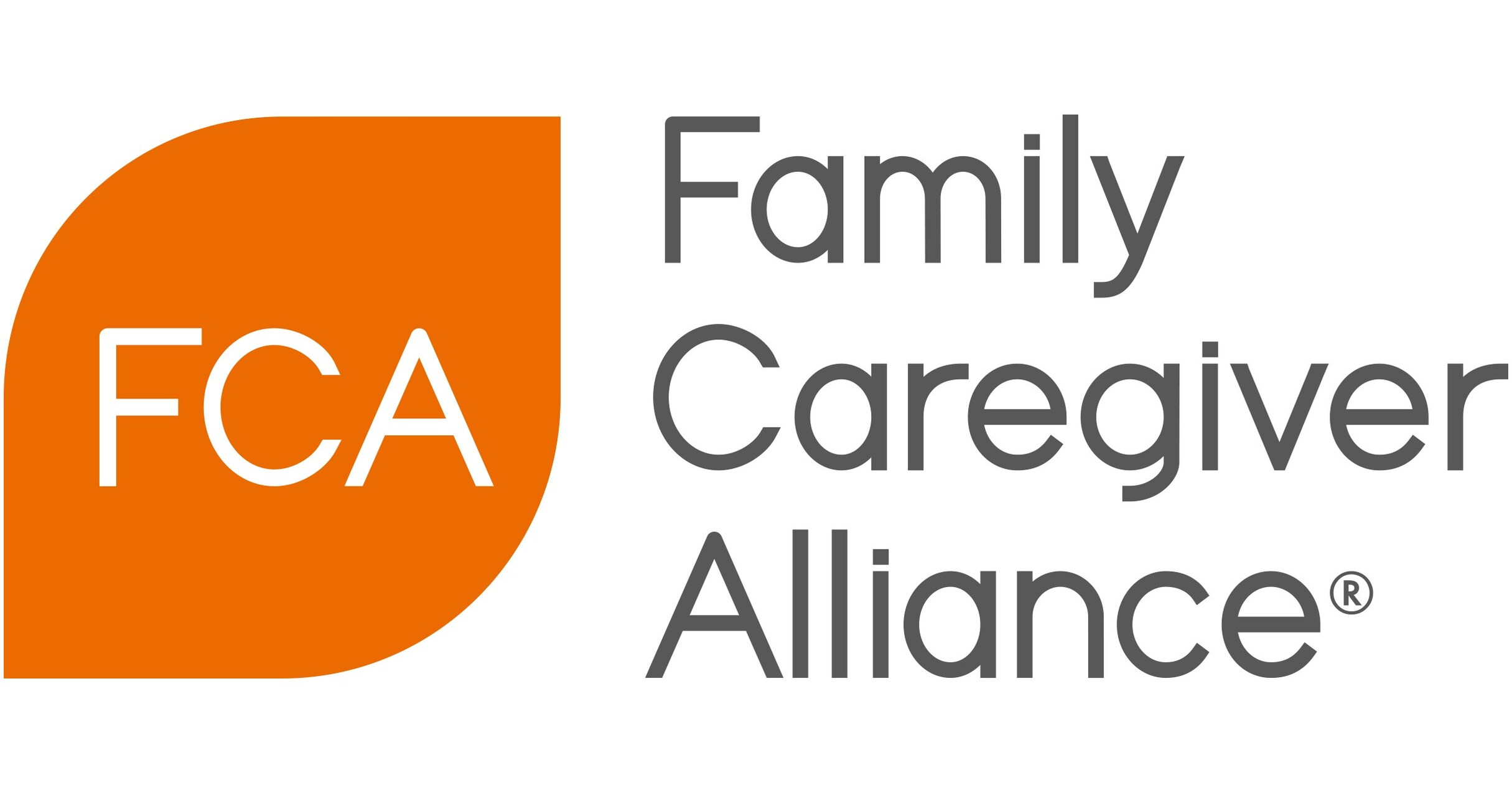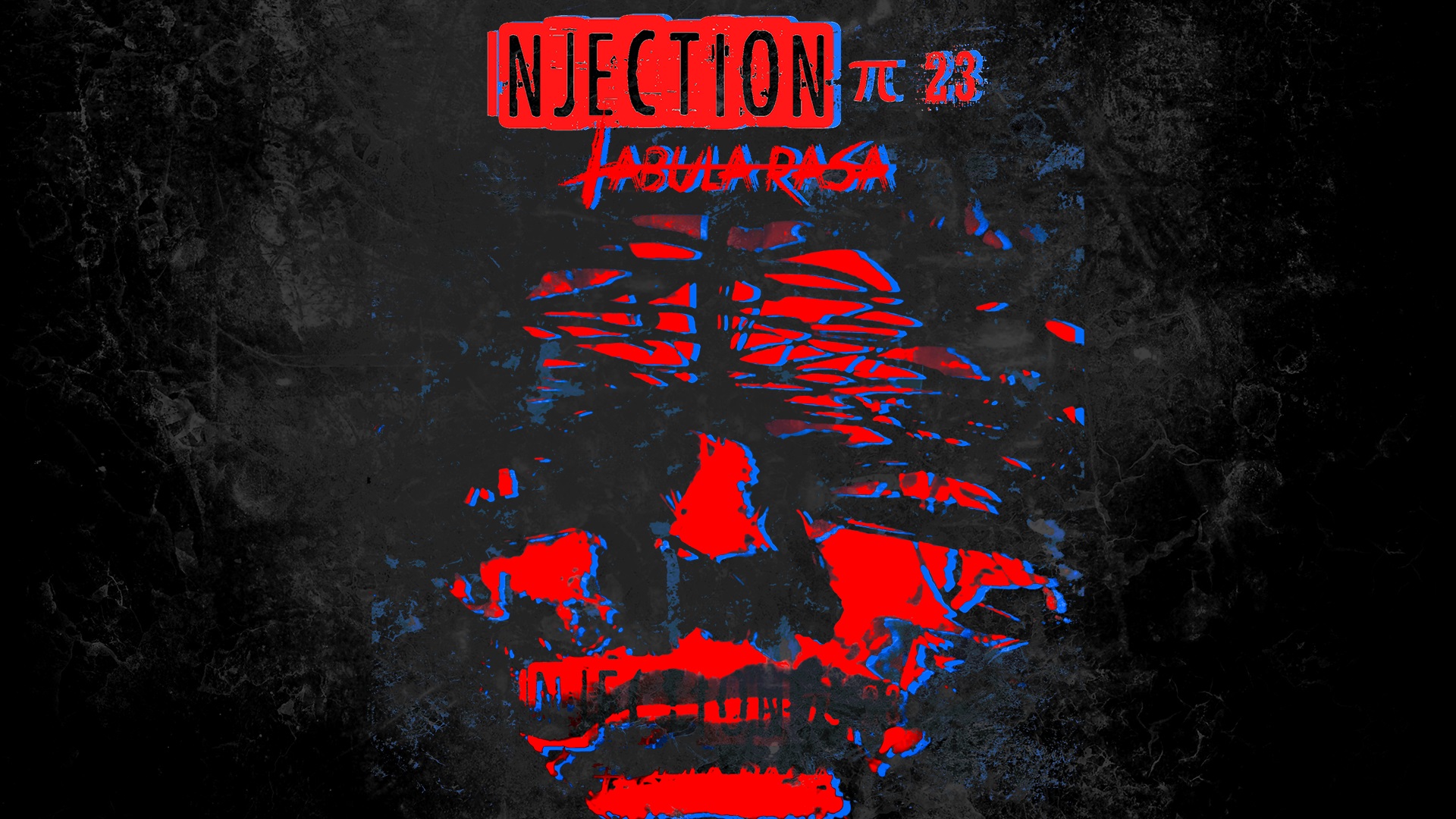ABOUT THE AWARDS OF EXCELLENCE
The Pro Football Hall of Fame established the Awards of Excellence in 2022 to recognize significant contributors to the game in “behind-the-scenes” roles. In addition to public relations personnel, the…

ABOUT THE AWARDS OF EXCELLENCE
The Pro Football Hall of Fame established the Awards of Excellence in 2022 to recognize significant contributors to the game in “behind-the-scenes” roles. In addition to public relations personnel, the…

Children selling a drink made from hibiscus flowers in Jebel Aulia, a neighborhood on the outskirts of Khartoum where the…

The War Within storyline is winding down to its conclusion as we approach the beginning of World of Warcraft’s next chapter in Midnight. Before we turn the page on your next adventures, you’ll want to complete activities from around Khaz…

Stargazers may get an extra gift this Christmas, as the northern lights could put on a subtle show thanks to ongoing unsettled space weather activity from the sun.
While this isn’t likely to be a major aurora event, conditions are more unsettled…

Three Organizations from Across the US Receive $20,000 Each
SAN FRANCISCO, Dec. 23, 2025 /PRNewswire/ — In celebration of the 18th year of the Innovations in…

A new study published in The Journal of Clinical Endocrinology & Metabolism provides insight into how vosoritide, a C-type natriuretic peptide (CNP) analog, affects growth-related biomarkers in children with hypochondroplasia (HCH), revealing…


Princesses Beatrice and Eugenie are determined to build on the olive branch bestowed upon them by the royal family, National Examiner has learned, whilst distancing themselves from their scandal-plagued parents, Andrew Mountbatten-Windsor and

Around the world, Christians are forced to spend years of their lives, many times a decade or more, behind bars for the “crime” of believing in Jesus Christ.
Believers in nations like China, Iran, North Korea, and…

Five Eagles were named to the 2026 Pro Bowl Games as the initial rosters were announced on Tuesday morning:
DT Jalen Carter (*starter)
The selections are determined by a vote that includes fans, players, and coaches. The…